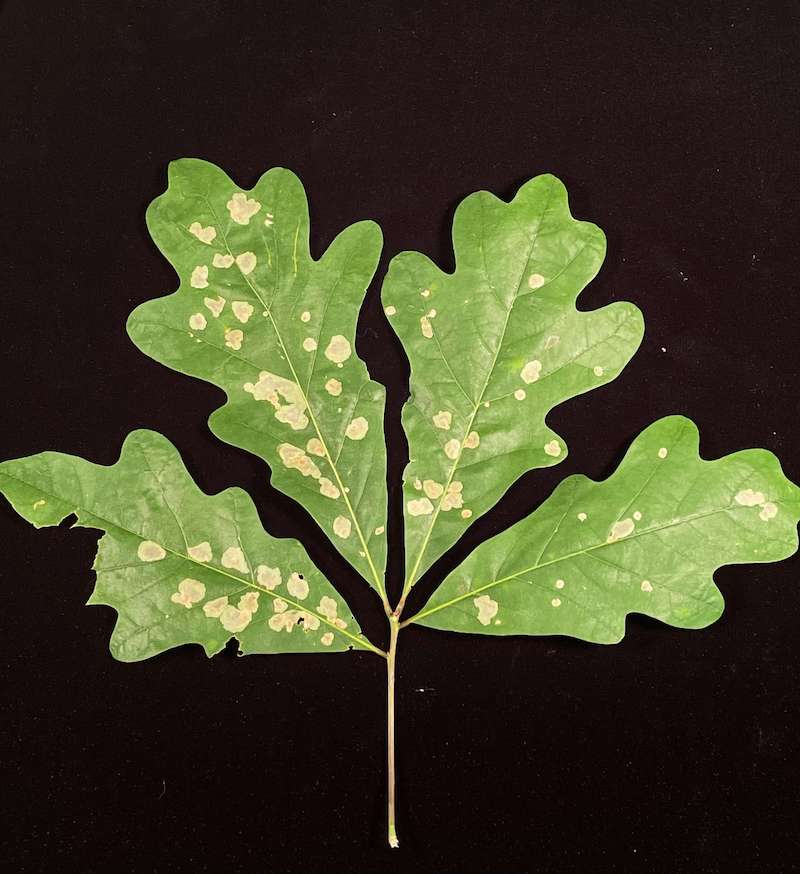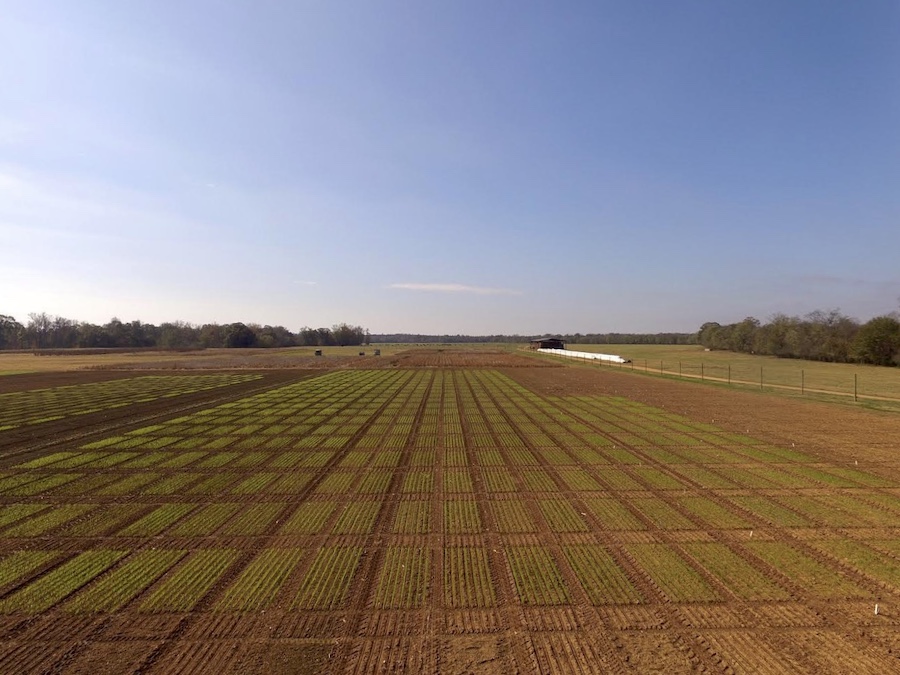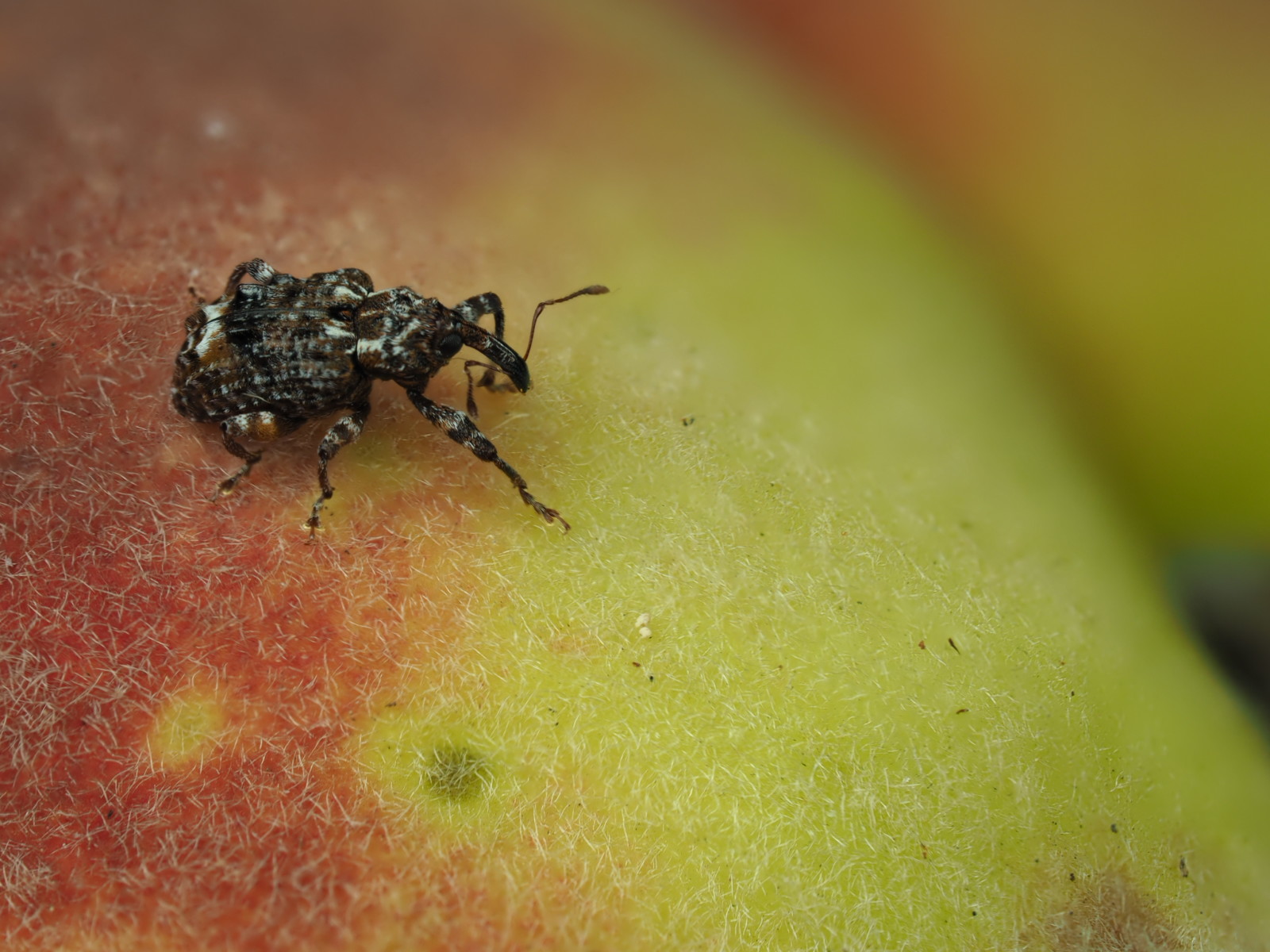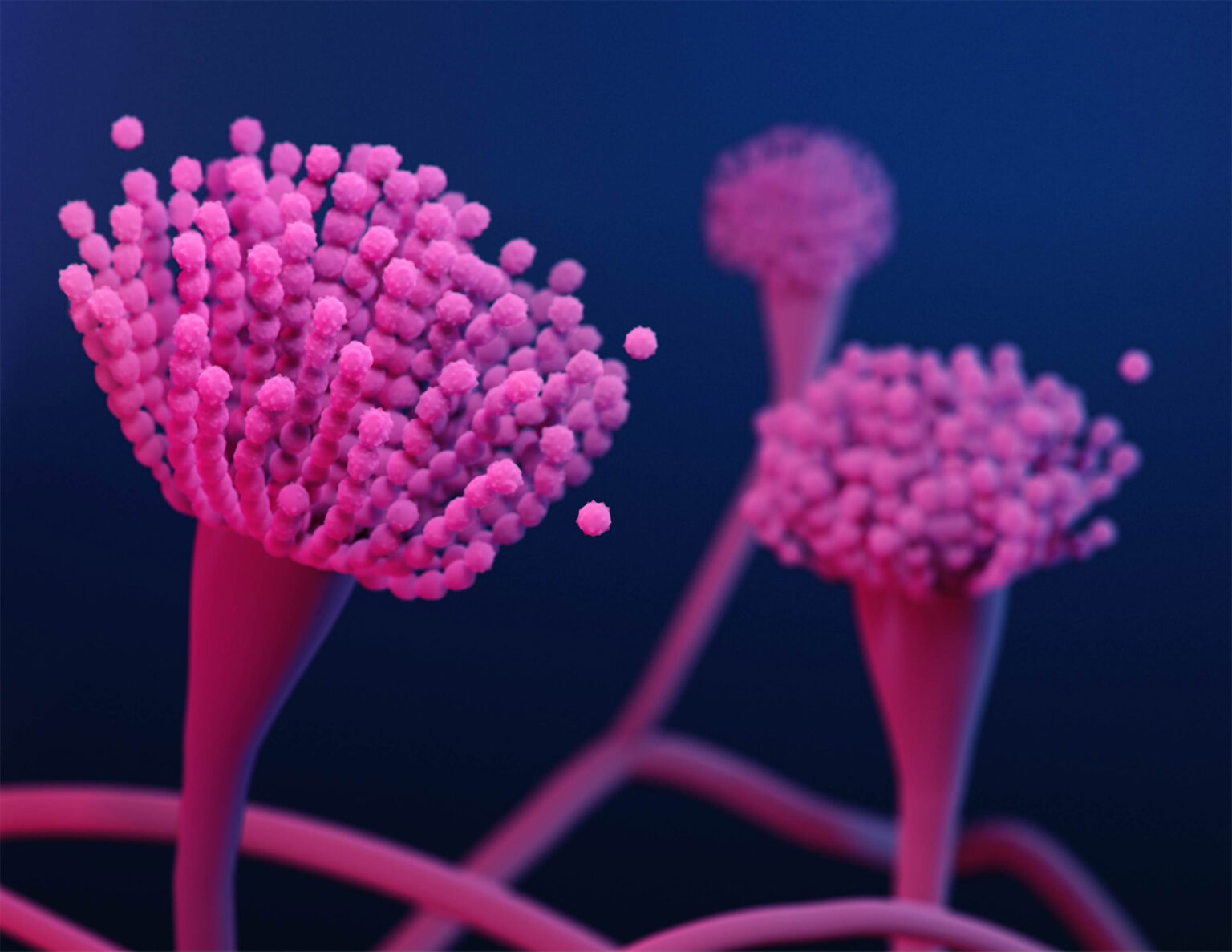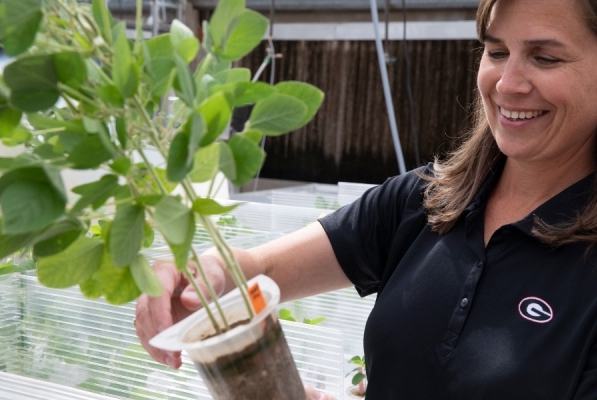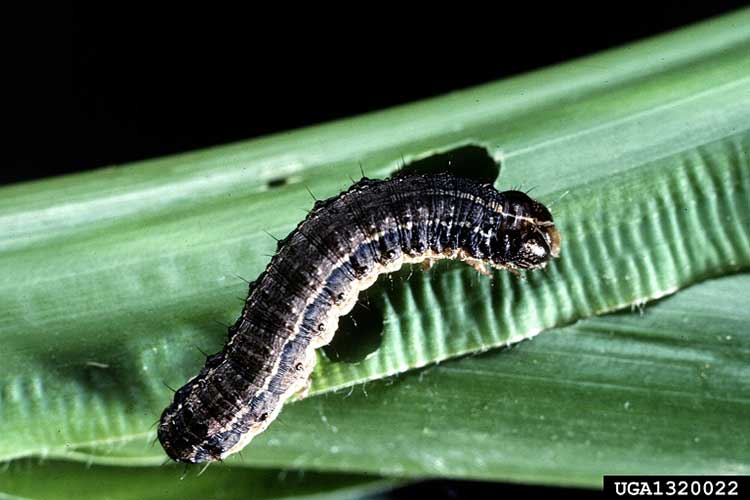 CAES News
CAES News
Fall armyworms
Over the past couple of weeks, I have received numerous calls from curious homeowners and frustrated farmers regarding the dreaded fall armyworm. Damage to established turf is most often aesthetic. However, newly planted sod or sprigs can be severely damaged or even killed by fall armyworm feeding.

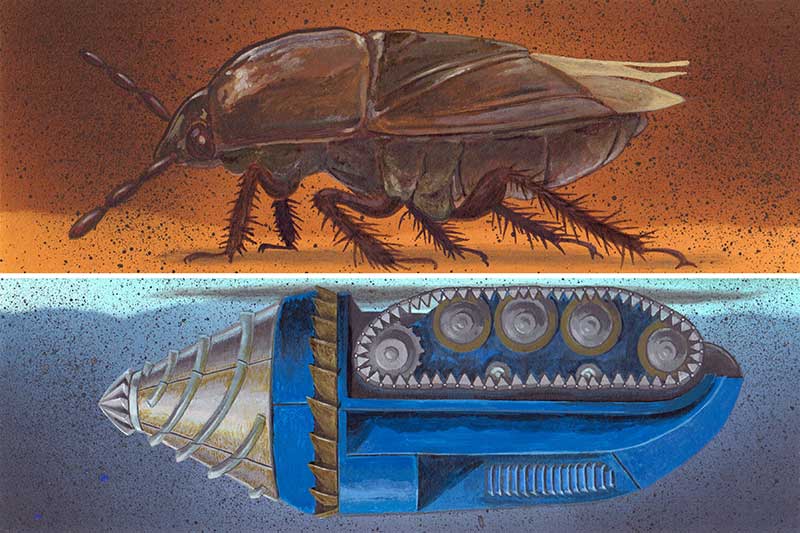
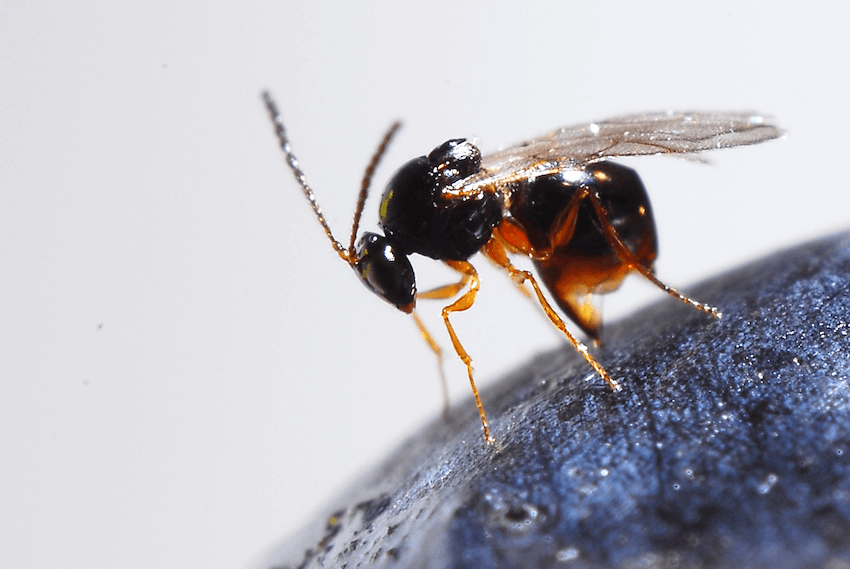
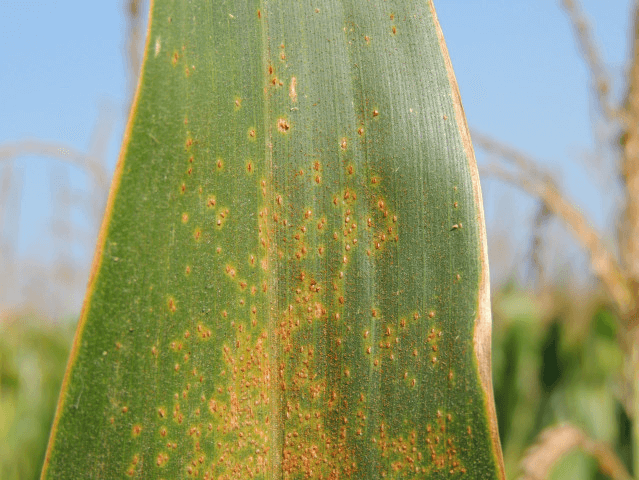
.jpg)
